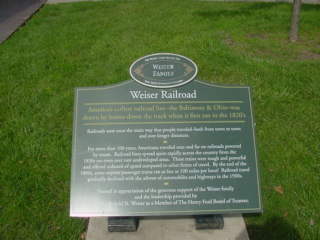
The Weiser Railroad sign.
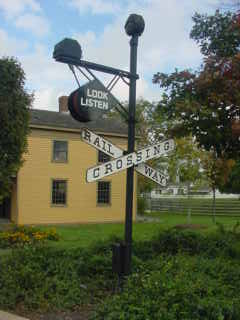
This wig-wag crossing signal is at the main entrance to Greenfield Village.
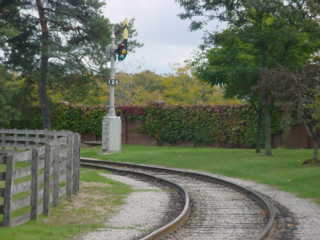
The railroad is signalled all the way around the 2.5 mile loop with various signals which are maintained by the Canadian National Railway.

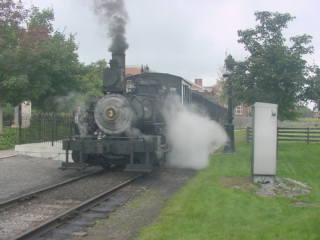
Our train was pulled by Calumet-Hecla Mining Company 0-6-4T 3 "Torch Lake" built by Mason-Bogie in 1873 at the Mason Machine Works. It began its service life on the Hecla and Torch Lake Railroad, which was a copper hauling line in northern Michigan. The Torch Lake was converted from narrow gauge to standard gauge when the locomotive was brought the Greenfield Village in the fall of 1968. In 1969, the Torch Lake began passenger service for the railroad. From 1969 to 1997, it was the oldest regularly operating steam locomotive in the United States. From 1997 to 2002, it had to have a major boiler overhaul then on July 26, 2002, the locomotive went back into daily passenger service for the Greenfield Village Railroad.
The train pulls covered open air cars that allows a good view as the train loops around Greenfield Village. The three of us boarded the last row of seats in the last car.
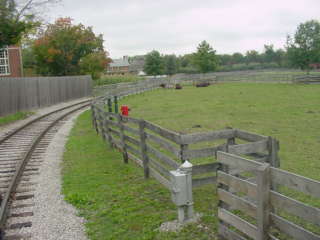
The view looking back.

The view looking forward with the Soybean Lab Agricultural Gallery on the left.
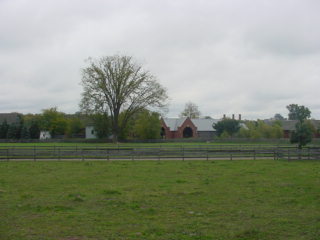
Looking across the pens, one sees the Liberty Craftworks Store.
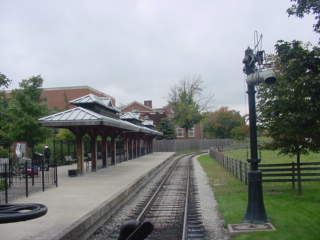
Our train left the Firestone station and made its way out onto the loop in an easterly direction.
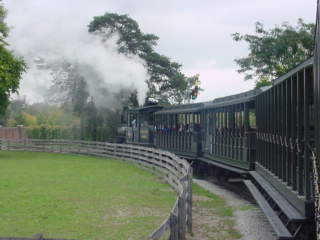
Rounding the first curve.
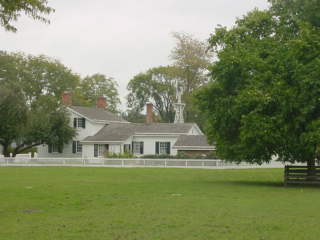
The Ford Home where Henry was born on the second floor. The house was moved to here from its original location three miles away.
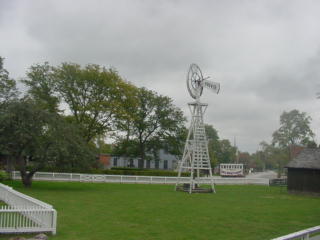
A wind mill.
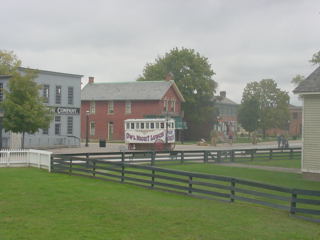
The Bagley Avenue Workshop.
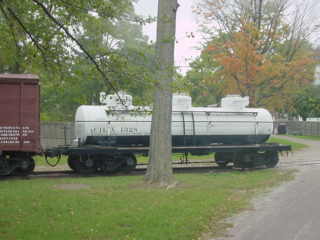
Union Tank Car three-dome tank car 1328 built by the company in 1937.
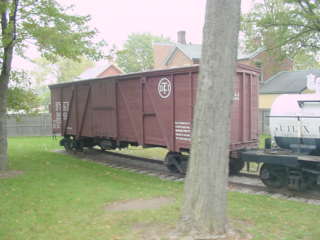
Detroit, Toledo and Ironton outside-braced 40 foot box car 10661 built by the railroad in 1915.
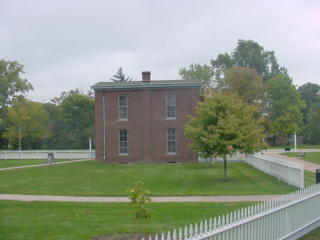
Miller School.
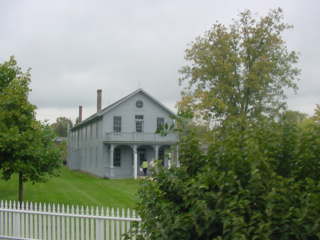
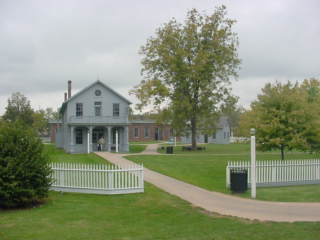
Edison's Menlo Park Complex.
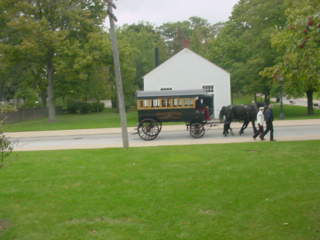
Horse-drawn vehicles and early Ford cars are the only types of vehicles allowed on the streets of Greenfield Village.
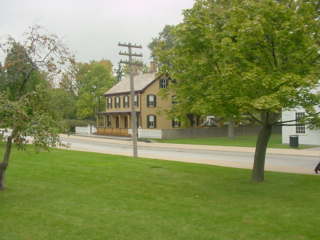
Sarah Jones Boarding House.
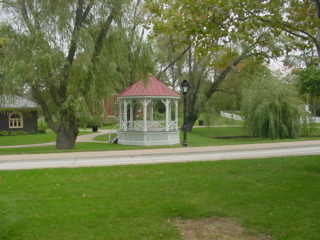
Band stand.
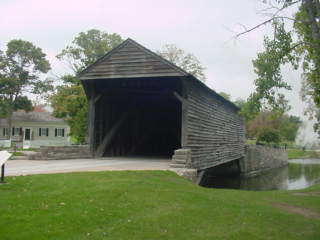
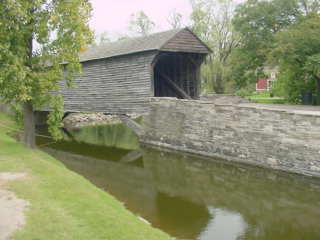
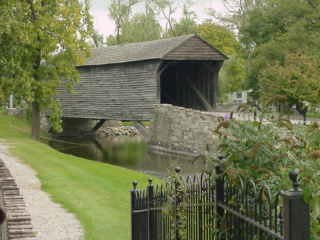
The Ackley covered bridge was originally constructed in 1832 in southwestern Pennsylvania. The single-span, 80-foot bridge's design dates back to 16th-century Italy and was adapted in a uniquely American way in the early 1800's. It is referred to as a multiple kingpost truss: a series of upright wooden posts, with all braces inclined from the abutments and leaning towards the center of the "kingpost".
Ackley Covered Bridge was originally a community project, built by more than 100 men on land owned and with materials donated by brothers Daniel and Joshua Ackley. By the mid-1930's, it had fallen into serious disrepair, and when a modern bridge was constructed to replace it, the granddaughter of one of the builders purchased the hundred-year-old Ackley structure for about $25 and donated it to Henry Ford.
Simple and classic in its construction, the bridge was dismantled at its original location in late 1937 and shipped by rail to Dearborn. Modifications were made to ensure its longevity, and a number of basic preservation chores were undertaken in the six months between its arrival and the completion of reconstruction in July 1938.
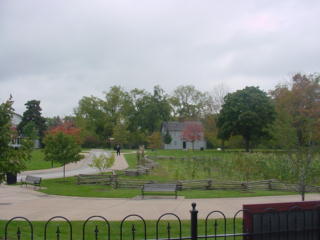
Susquehanna Plantation as the train entered the Susquehanna station, where we paused for five minutes.
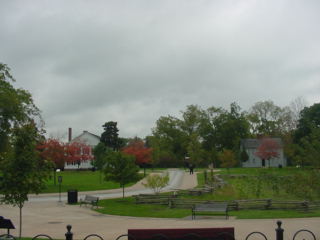
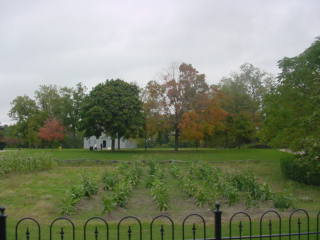
The Susquehanna Plantation, where corn and tobacco is grown.
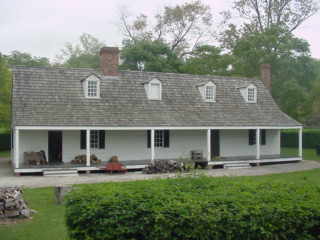
Susquehanna Plantation House.
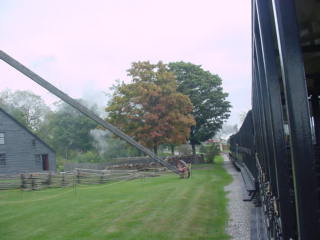
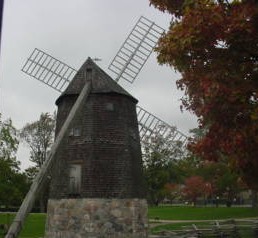
Farris windmill at the Dagget Farm.
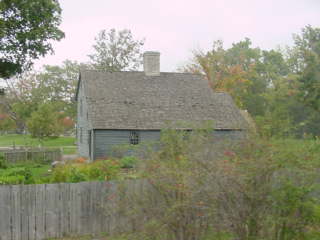
The Dagget Farmhouse.
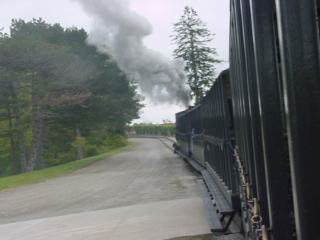
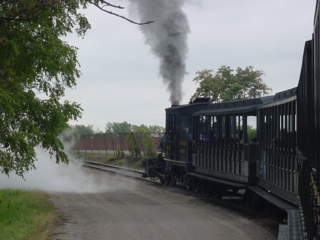
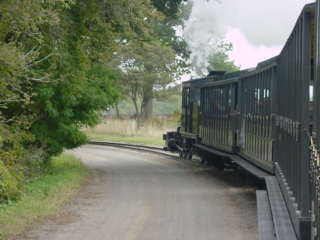
We resumed our journey, travelling along the service road on the south side of the property.
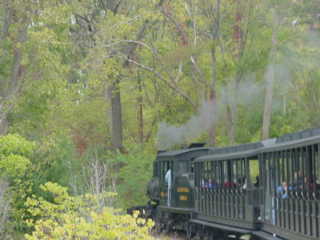
Next it was into the forest where we stopped for four blowdowns before continuing.
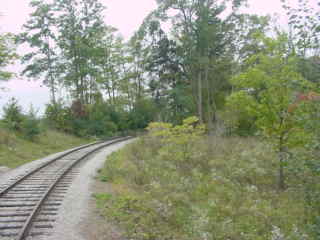
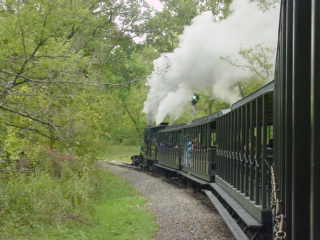
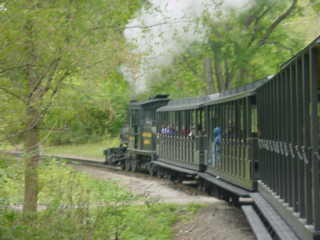
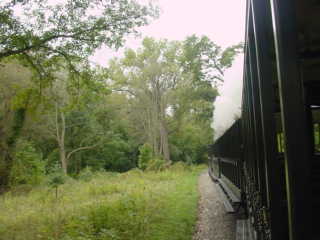
Our train carried on through the forest.
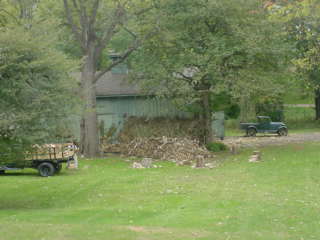
A scene where wood is cut.
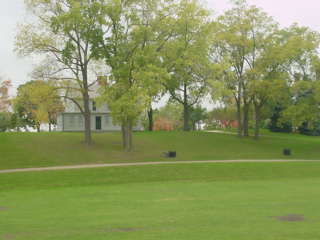
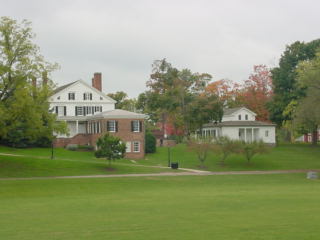
The Walnut Grove Field where old-time baseball is played with the Gidding Family Home in the first view, and the Noah Webster Home and the Robert Frost Home in the second.
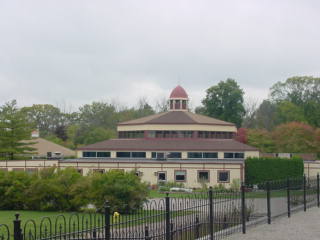
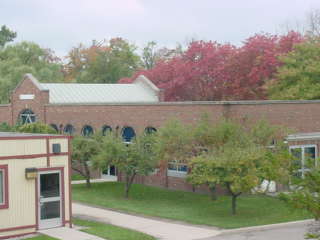
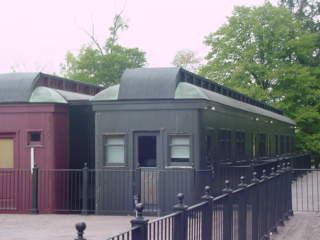
The Henry Ford Academy Village Campus.
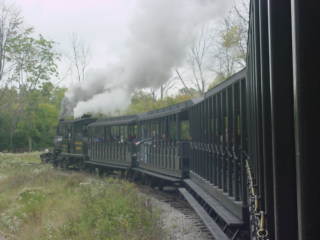
Rounding another curve.
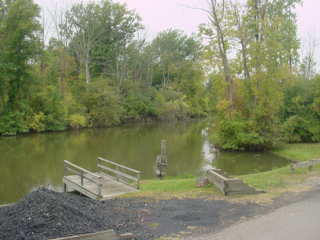
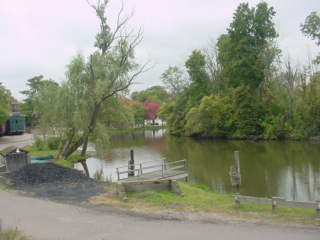
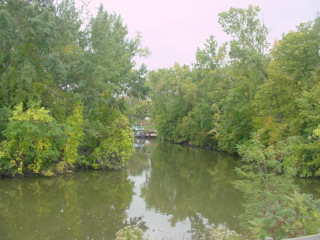
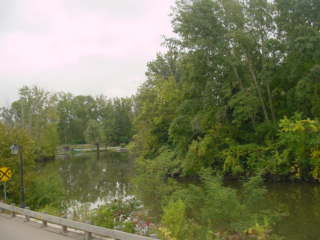
The Suwanee Lagoon.
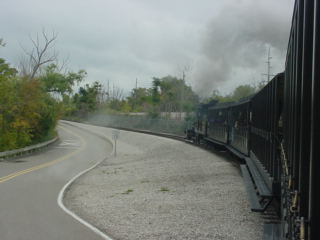
Our route then took us parallel to the Chicago-Detroit mainline which Amtrak uses.
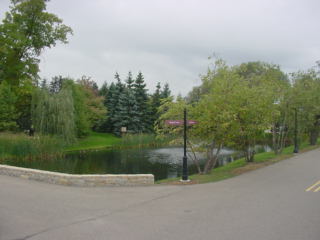
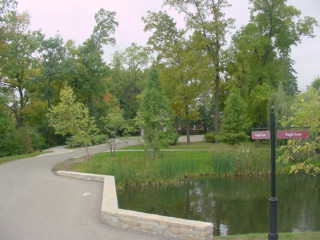
Chapel Road and in the second photograph, you can see the Martha-Mary Chapel where weddings take place.
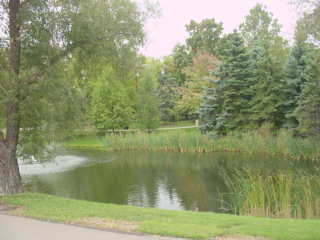
One more view of Suwanee Lagoon before we arrived at Smiths Creek Depot for a five-minute stop. I detrained for some pictures.
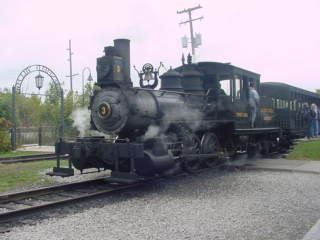
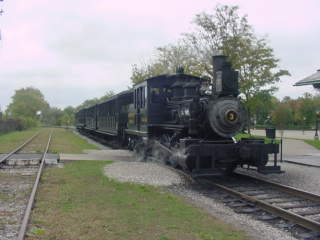
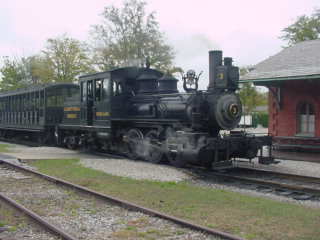
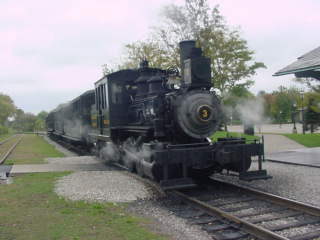
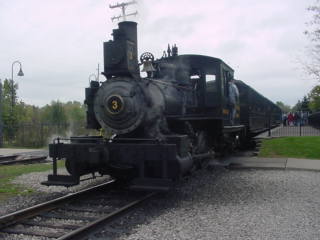
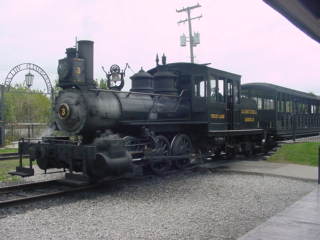
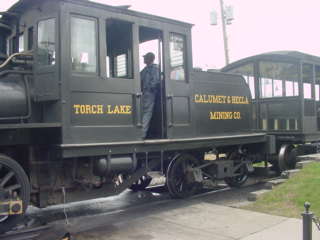
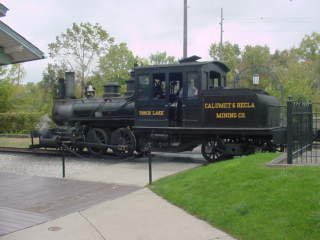
Hecla Mining Company 0-6-4T 3 and train at Smiths Creek Station. We resumed our trip to finish the loop at the Firestone Station.
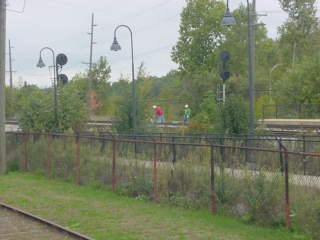
Railroad workers out on the Chicago-Detroit mainline.
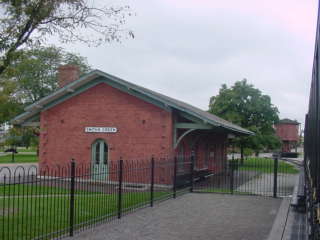
Smiths Creek station.
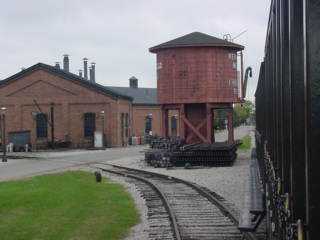
The water tower that holds 3,900 gallons.
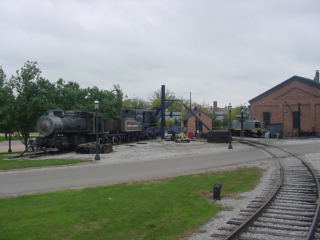
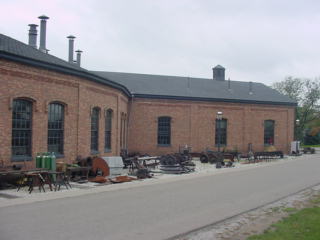
Passing the rear of the roundhouse.
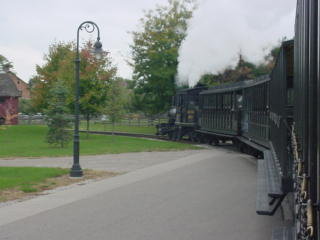
Rounding the northwest curve.
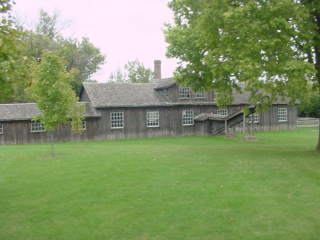
Spofford Sawmill.
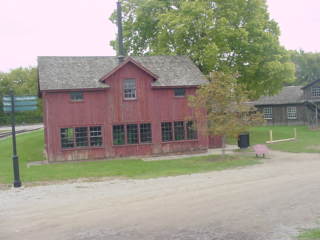
Stony Creek Sawmill.
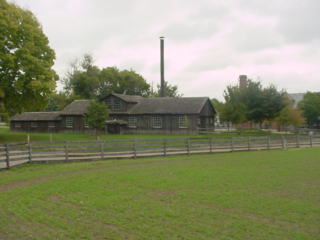
Pottery Shop.
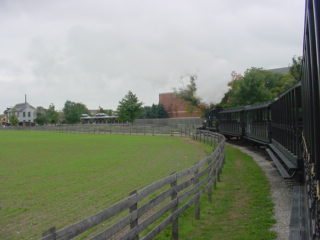
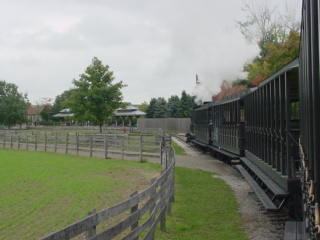
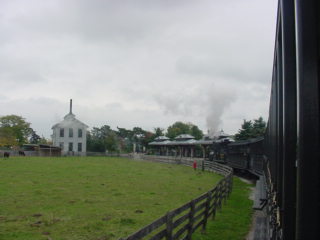
The final curve into Firestone Station.
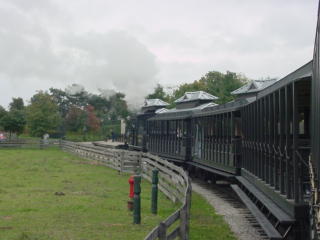
Arriving at the sation.
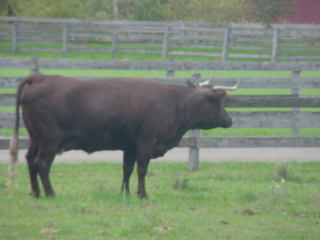
A bull in the pasture. We all detrained and walked to the locomotive.
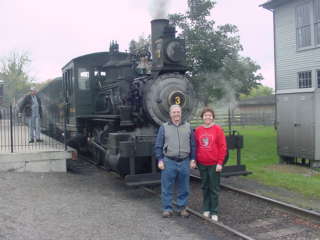
Bob and Elizabeth in front of our train.
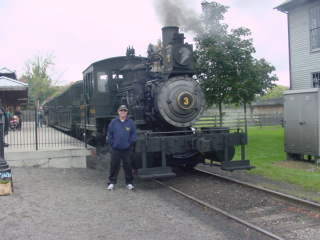
The author in front of the latest steam engine that I had ridden. From here we walked over to the Henry Ford Museum.